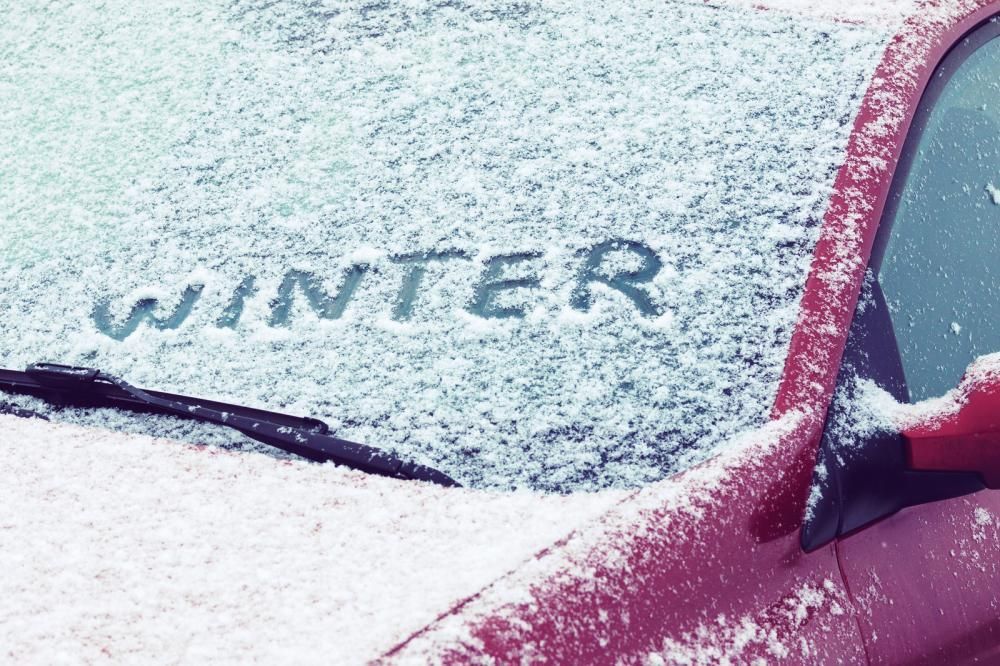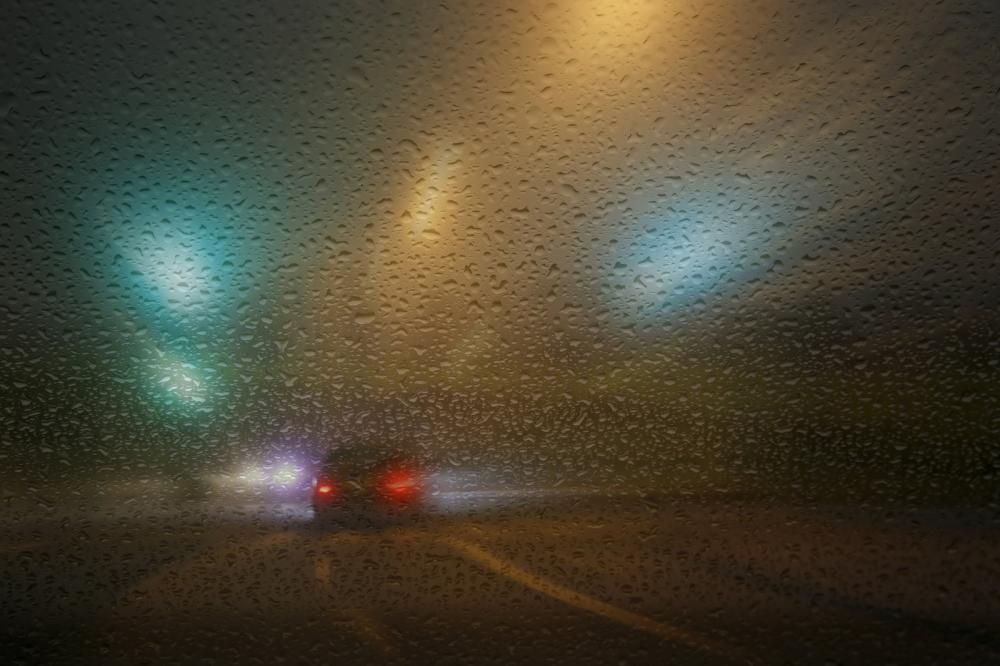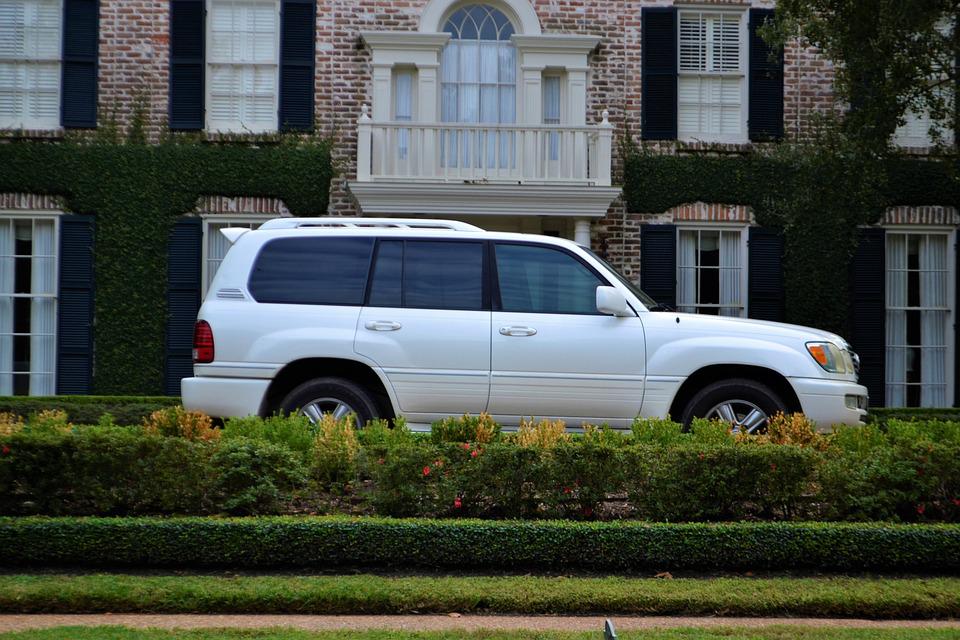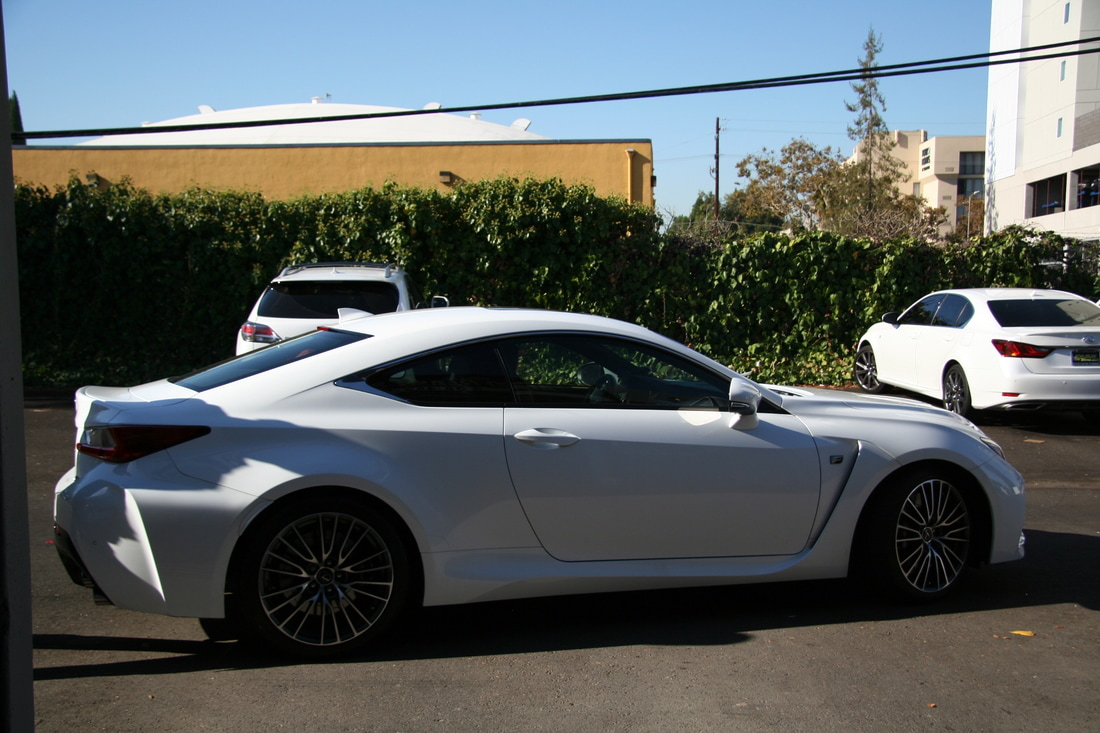Blog

With winter just right around the corner, now’s a good time to prepare your loyal road runner for it. And while you check the batteries, replace the fluids, switch the tires and tune up the heating system to get everything in proper working order, don’t forget the poor ol’ windshield on the car…
Cold Weather Can Be Harsh for Windshields
Winter can take a toll on your car’s windshield in quite a few ways.
For starters, the frigid temperatures can cause the windshield to contract and make it more prone to damage. Glass is a sensitive material, and even though auto glass is more robust than normal glass, it can still find the sub-zero mercury levels a little too discomforting. So you need to be extra careful when working on your car’s windshield during the winter months, especially when trying to clear the ice off it, you should proceed with precaution.

Dear Golden State Auto Glass & Tinting,
I hate when my windshield fogs up. It makes driving difficult and can be a real nuisance, especially when I’ve to get somewhere on time. Is there a way to defog my windshield as quickly as possible?
Yours sincerely,
Can’t See Through My Windshield
Hi Can’t See Through My Windshield,
Presuming you’re concerned about winter fogging, there is indeed a quick way to defog your windshield—and it’s totally based on science.
But before we get into its details, let’s first understand why your windshield gets fogged up in winter anyway.

Do you want to retain your car’s shiny appearance and high resale value? The bad news is that dents and scratches, resulting from rocks, debris, bird droppings, tree sap, and harsh cleaners can mark your vehicle’s glossy finish, diminishing its value and appearance.
So what can you do to protect your car’s exterior from all these roadside devastations? Add a protective paint film (PPF) to it!
What is PPF, and how does it work?
Paint Protection Film (PPF) a.k.a. “Clear Bra,”is a clear and thick urethane film which lends a shield of protection to your car and preserves its paint job from being damaged by rock chips and scratches.
Although PPF can be applied to the entire vehicle, it is commonly applied on the full front end of the car like the hood, front fenders, front bumper, headlights and mirrors. An important point t

Studies have shown that drivers in the US are at higher risk of skin cancer, especially on their left side owing to exposure to UV rays while driving.
Even though it’s rare to get a sunburn through a car window, what’s surprising is that harmful ultraviolet rays still affect you, contributing to skin cancer and premature aging.
How to protect yourself from harmful UV Rays?
The Skin Cancer Foundation recommends that people follow a complete sun protection regimen that includes an SPF 15—or higher—sunscreen.
An effective sunscreen is not only important when you’re outdoors; you need to use it even when you’re indoors—especially when you’re out on the road in your car.
That’s where tinted windows come in! In fact, studies have shown that there was a notable left-sided predominance in skin cancer patients who used automobiles, except for people who had tinted windows in their vehicles.
There’s no denying that prevention of skin cancer and window tinting go hand in hand, so a high-quality window tint is non-negoti





